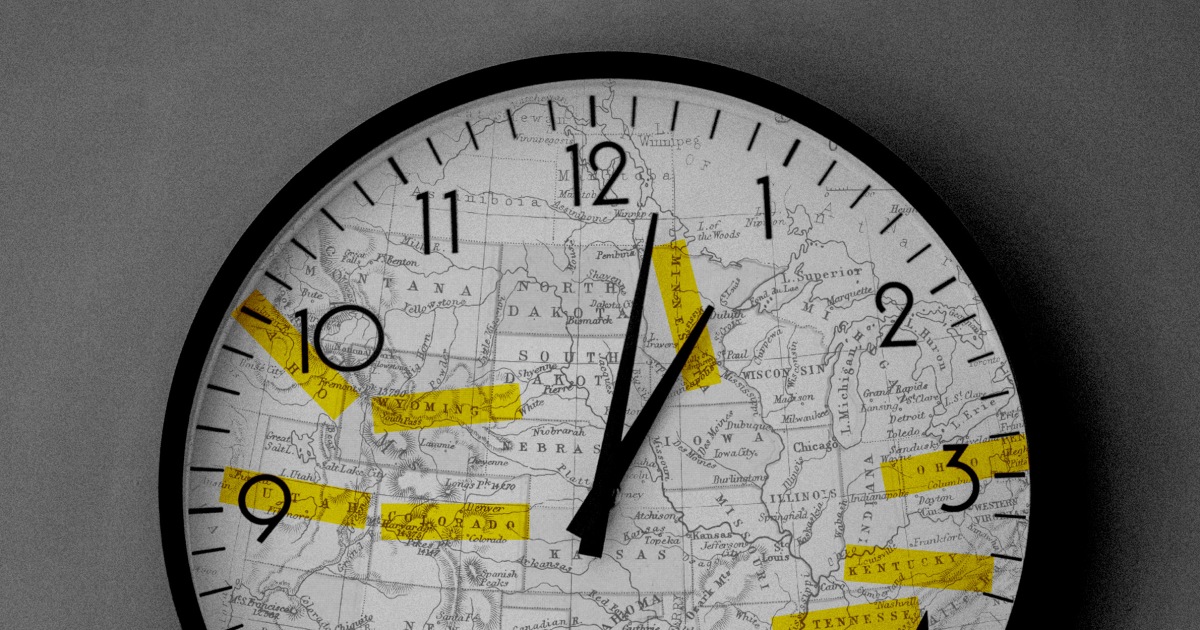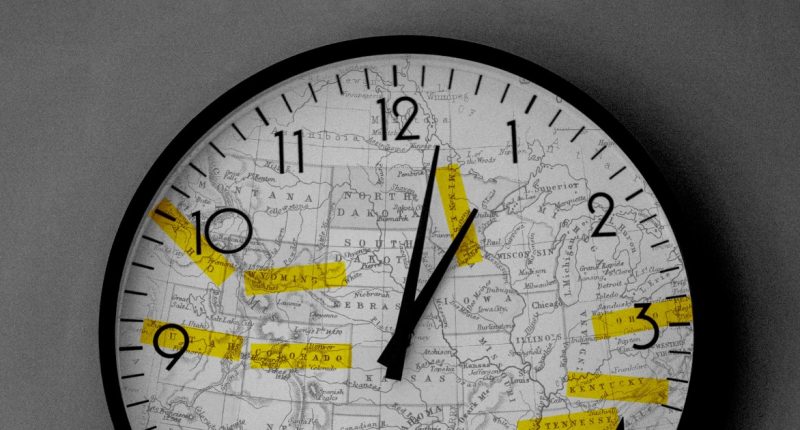
Millions of Americans will get an extra hour of sleep but lose sunlight in the late afternoon when daylight saving time ends Sunday. But while some may wonder why we’re still continuing the century-old tradition of changing the clock twice a year, state legislatures across the country are pushing to eliminate it.
Since 2018, nearly all states have passed or entertained legislation that would drop the twice-a-year time shift. And 19 states have passed laws or resolutions in support of year-round daylight saving time, according to data from the National Conference of State Legislatures.
But there’s a caveat: Nothing can change until Congress addresses a 1960s-era law blocking such action.
The U.S. has been observing daylight saving time since 1918, when President Woodrow Wilson signed the Standard Time Act into law under the premise that additional daylight hours could cut energy costs during World War I. Then, almost 50 years later, the Uniform Time Act of 1966 mandated states following daylight saving use the same start and end date. The law means that states cannot use daylight saving year-round unless Congress first votes to change the federal law.
However, states can excuse themselves from clock-switching by sticking to standard time year-round. As a result, several parts of the country don’t observe daylight saving time at all, including Hawaii, most of Arizona and the U.S. territories of American Samoa, Guam, the Northern Mariana Islands, Puerto Rico and the Virgin Islands.
The past half-decade has seen a renewed push to prevent the changing of the clocks. In 2018, Florida passed the Sunshine Protection Act, which would make the state stick to permanent daylight saving if authorized by federal law. At the federal level, Sen. Marco Rubio, R-Fla., proposed a national Sunshine Protection Act, which would make daylight saving the permanent year-round time across the country, with exceptions for the regions that do not currently observe daylight saving time. The legislation passed the Senate unanimously in 2022, but stalled in the House last session. Rubio reintroduced the legislation in March.
States that support permanent daylight saving time, like Ohio, say the extra daylight helps reduce crime, car accidents and energy consumption, while allowing more time for outdoor play.
The American Academy of Sleep Medicine is a medical association whose professionals advocate for policies that improve sleep health. On Tuesday, the academy released a statement calling on the U.S. to eliminate daylight saving time completely, stating that standard time best supports health and safety, as it aligns with people’s natural circadian rhythm.
Undergoing the time switch itself raises the most concerns. Research shows that after the “spring forward” time change, workplace injuries, car crash deaths and heart attack risk have all increased. One 2023 study found that a week after transitioning from the time change, people reported more dissatisfaction with sleep and higher rates of insomnia.
Daylight saving time is set to resume March 10, 2024.
Source: | This article originally belongs to Nbcnews.com









